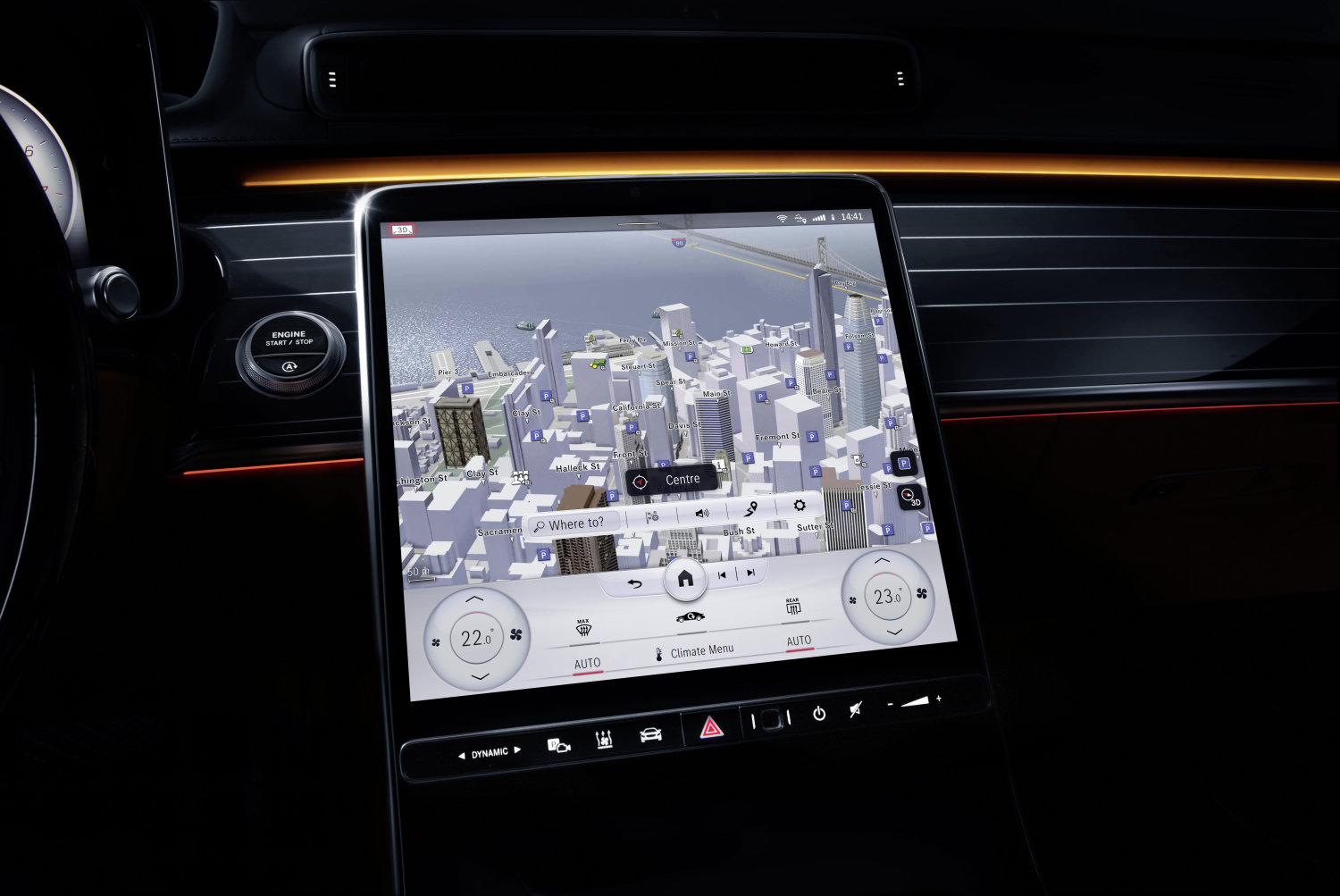In mid-May, several real-life photos and an unexpected leaked video of the all-new S-Class interior quickly circulated on social media: The elegant vertical curves that used to shape the black cabin are gone. Instead, two huge screens light up the relatively hollow interior, making them particularly eye-catching on a Mercedes-Benz S-Class, which symbolizes prestige, executive power, and luxury.
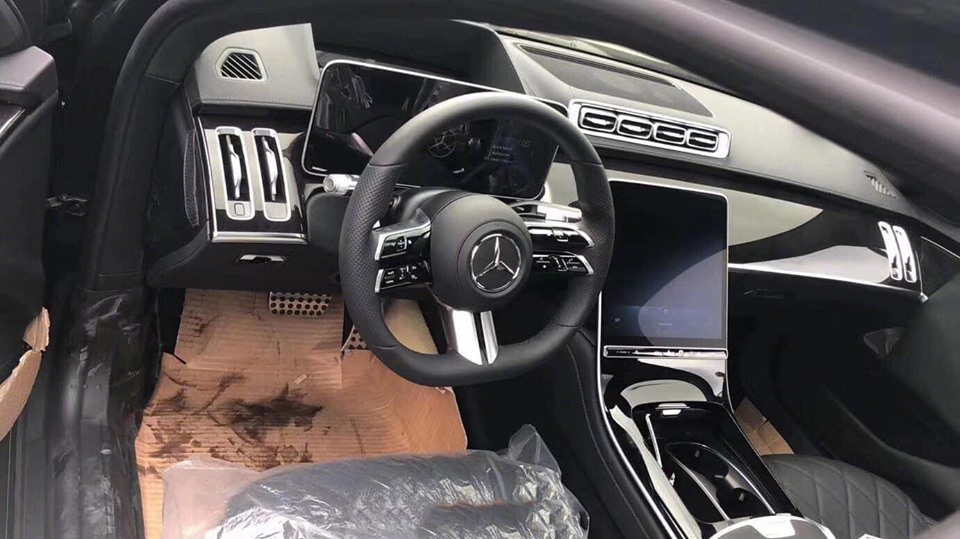
Although multiple rendering images had been leaked prior to this, there were still a considerable number of netizens who remained skeptical. The video evidence extinguished their last bit of illusion.
Subsequently, there was a wave of criticism and negative comments:
“It doesn’t look like a Mercedes at all.”
“Not as good as the current model.”
“The screens are too abruptly prominent, making it cheap.”
“Looks like a new Mercedes A.”
Not just in China, foreign netizens also didn’t hold back:
“Total fucked up.” Mercedes-Benz has completely messed it up.
“Who designed this shit?” Who designed this rubbish?
“Looks like a Korean car.”
Judging from the comments, the image of the S-Class in everyone’s minds seems to have collapsed…
Background introduction to the legendary predecessor: The pinnacle of luxury benchmark
“Luxury” has always been a concentration of many adjectives such as high-end, exquisite, prestigious, and ceremonial. However, when it comes to the automotive industry, many people immediately think of a brand: Mercedes-Benz, or more specifically, the S-Class representing the benchmark of Mercedes-Benz luxury.
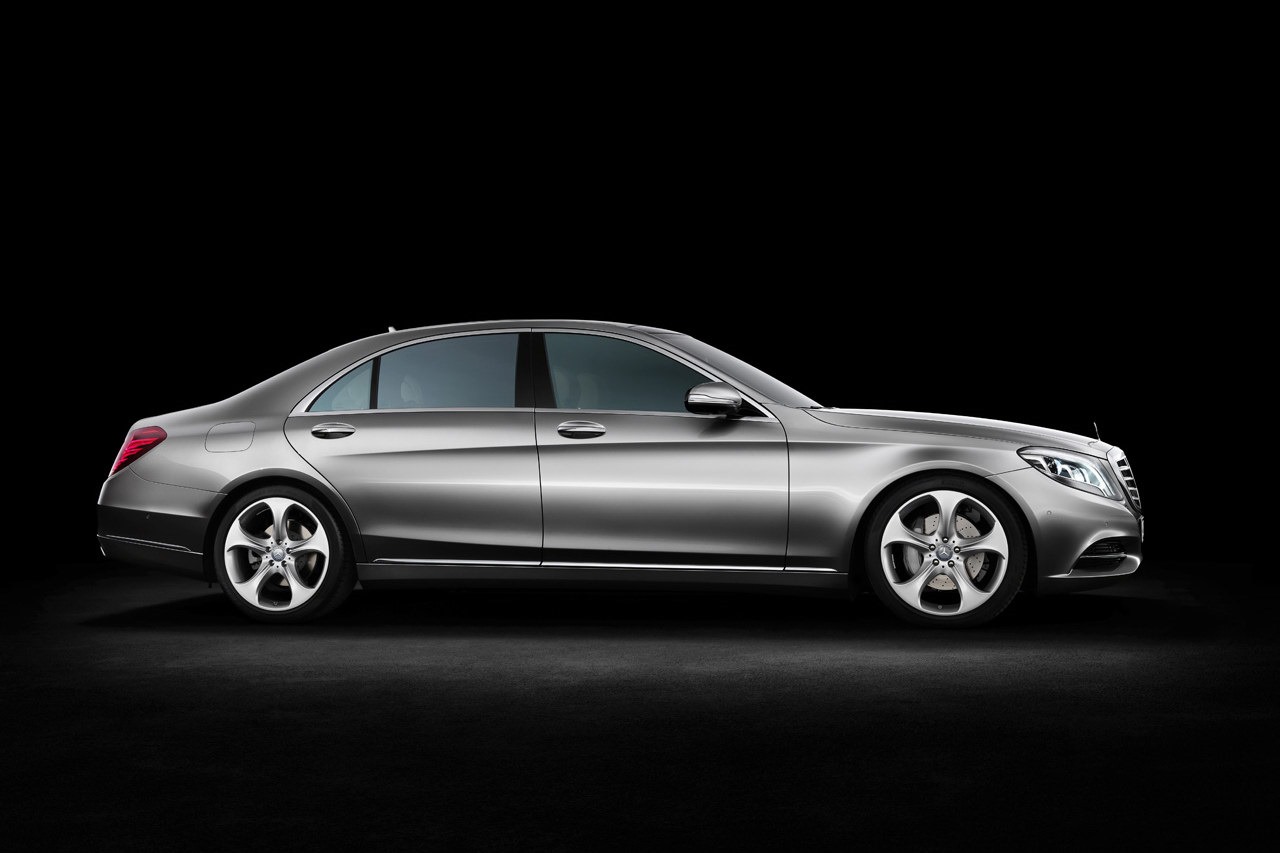
Mercedes-Benz’s current W222 S-Class, especially its interior, is, in my opinion, the most influential product that has defined “luxury” for the automotive industry in the past decade.
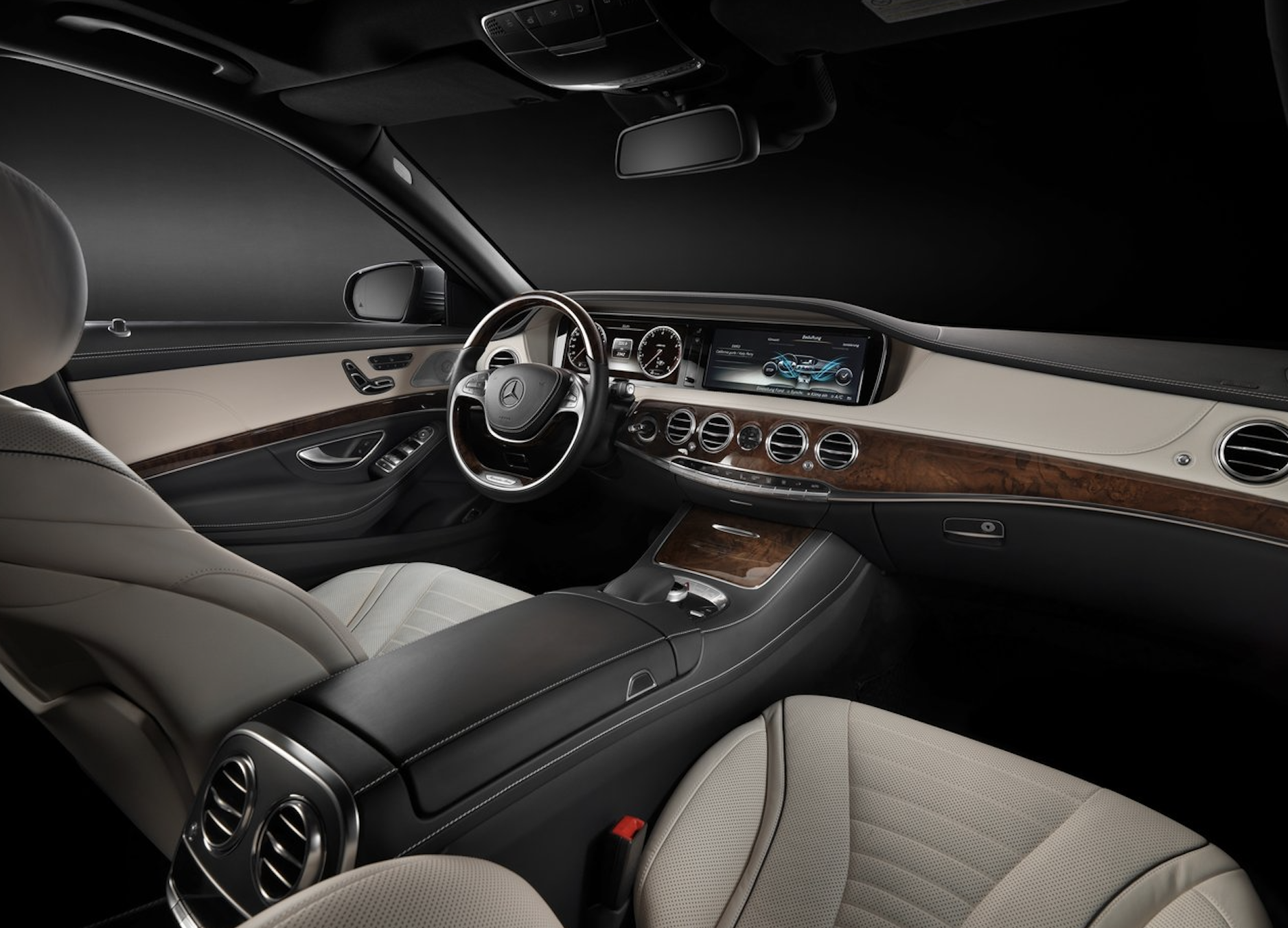
Even though seven years have passed since its initial release, the S-Class is still a product that looks like it was just released yesterday. Its unique and cutting-edge design and aesthetic expression of “luxury” are the source of its magic. It is precisely this phenomenal success that many people consider the current S-Class as the pinnacle of all previous generations.
Times have changed, as a new superstar rises.In the background of the successful current S-Class, Mercedes-Benz naturally carries high expectations and pressures on the issue of the new generation S-Class’s succession. On the one hand, Mercedes-Benz has racked its brains, and on the other hand, the automotive industry has ushered in an unusual transformation: radical digitization and intelligence.
And the most representative automaker among them is Tesla.
In 2012, Tesla’s Model S was released, and Tesla won many people’s attention with its “eccentric” image. In addition to the identity of an electric car, the unprecedented digitized vehicle system also left a deep impression on people.
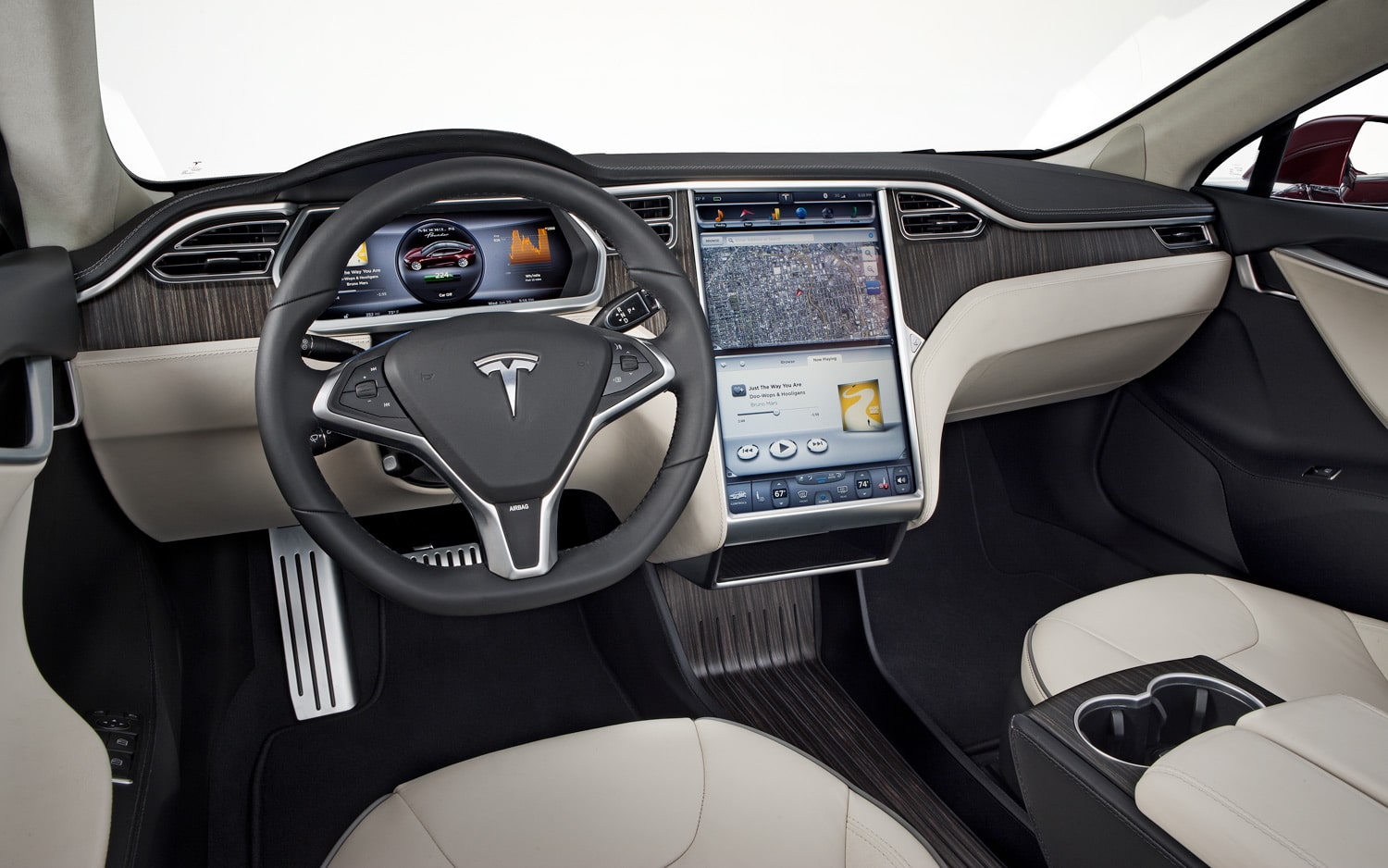
The full LCD instrument panel and the huge central control touch screen integrate all kinds of controls in the vehicle, with fewer physical buttons. Regardless of whether it is easy to use or not, Model S has broken the inherent cognition of the car interior in form.
Tesla also tells the world through the Model S: the operation of cars should be like mobile phones and tablets. Redundant physical buttons should be eliminated, and digitalization is the future.
Four years later, Model 3 further implemented this concept: there is no physical button on the simple central control console like European furniture, only a screen, even the instrument panel is integrated into it, and this screen has become the absolute core of car-machine interaction on Model 3.
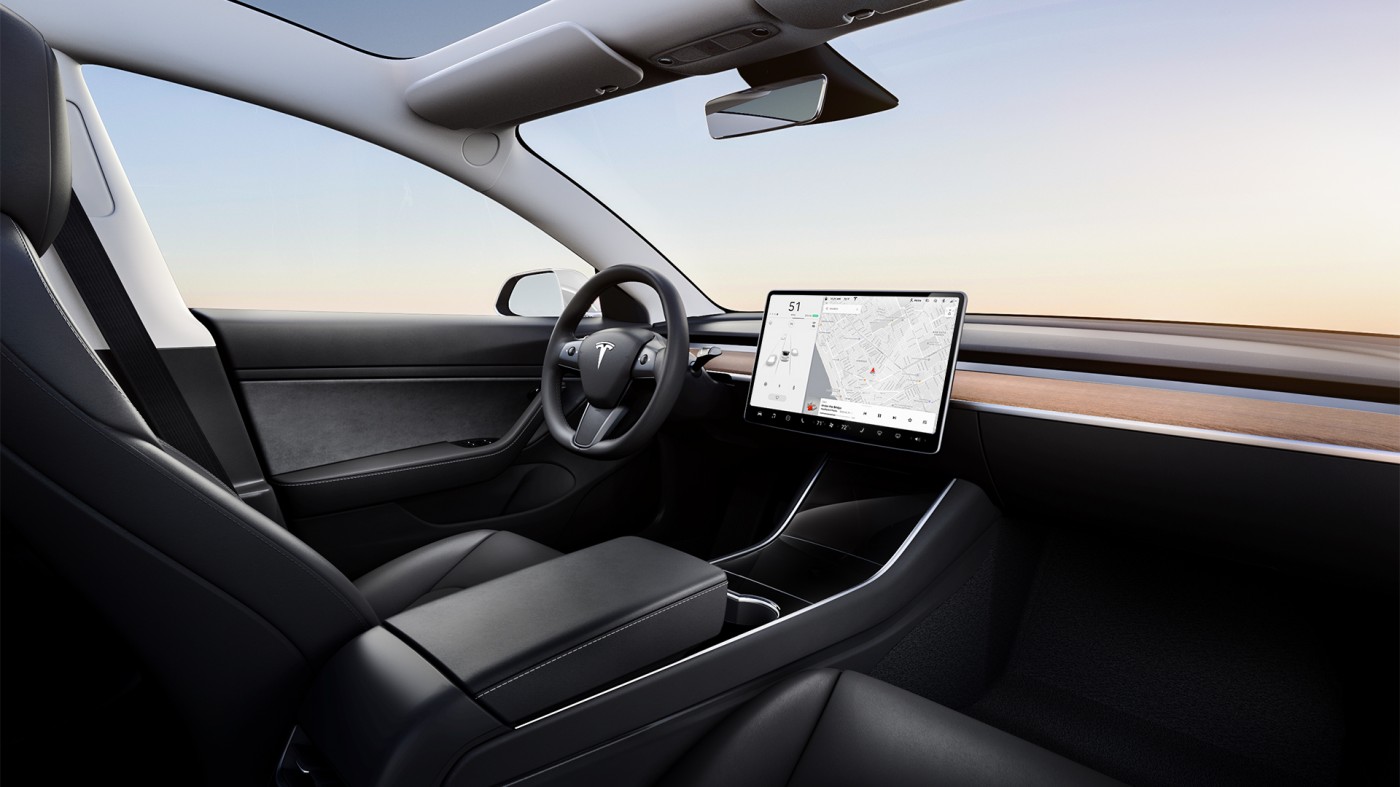
With the global hot sales of Model 3 in recent years, this concept has influenced one group of people after another. After experiencing it, people who were surprised also began to feel that Tesla’s digitized vehicle system is really easy to use, and even some people feel that the vehicle system should be like this.
The subconscious influence is actually terrible. The concept of highly digitized and intelligent cars sown by Tesla has taken root in countless people’s hearts. Slowly, these seedlings have begun to grow into trees and form greenery.
During this period, many automakers have participated. Various large screens have emerged more and more frequently in new models, and the functions and controls that in-car systems can achieve in the industry have also begun to increase significantly, showing a clear overall improvement. In-car operation is becoming more and more “electronic”.
Just recently in June, Tesla’s stock price broke through $1000 (now it has reached $1500), and its market value surpassed Toyota to become the world’s number one automaker. This also confirms from the side that digitization and intelligence are the trend of future vehicle systems.
The new MBUX## Backward or Forward? Exploring the Interactive Changes of the All-new S-Class
As a translator in the automobile industry, I am responsible for English translation, spelling check, and phrasing improvement. The purpose is to ensure the meaning is not altered while only correcting and improving the content. Therefore, the professional English Markdown text is as follows, keeping the HTML tags inside the Markdown.
Returning to Mercedes-Benz, the upcoming S-Class has caused controversy in many aspects, especially the infotainment system. Particularly, considering the success of the current W222 S-Class, the changes in design and interaction of the all-new S-Class are so significant that it is almost unrecognizable from its predecessor. This approach of “throwing the baby out with the bathwater” caught many people off guard and is difficult to understand, even unacceptable.
So, is the interaction change of the all-new S-Class really a step back?
We will discuss the conclusion later. For now, let’s take a closer look at the following information and the changes made to the MBUX system on the all-new Mercedes-Benz S-Class. (This section contains many details, and readers can selectively skip it according to their interests.)
Unprecedented Digitalization of Mercedes-Benz
MBUX stands for MercedesBenz User Experience. This digital infotainment system was launched in 2018 and has entered the 2.0 era in the all-new S-Class. First, let’s talk about the information aspect. (If you’re not interested in the technical part, you can skip this section.)
More screens, but not just more
Derived from the highly praised dual-screen of the W221 S-Class, which has become a design element for the Mercedes-Benz family, the all-new S-Class has now five screens in total (two for the front seats and three for the rear seats).
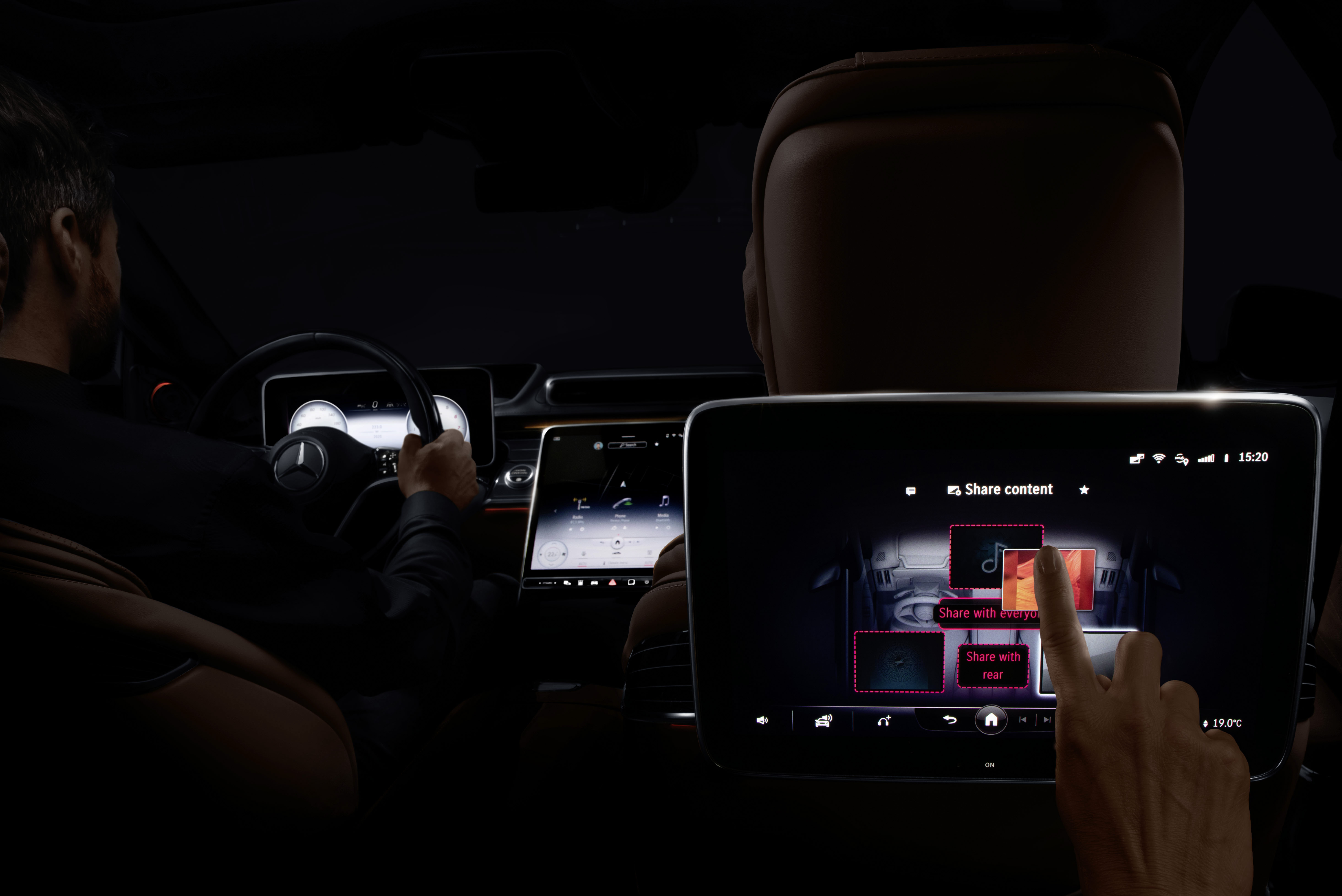
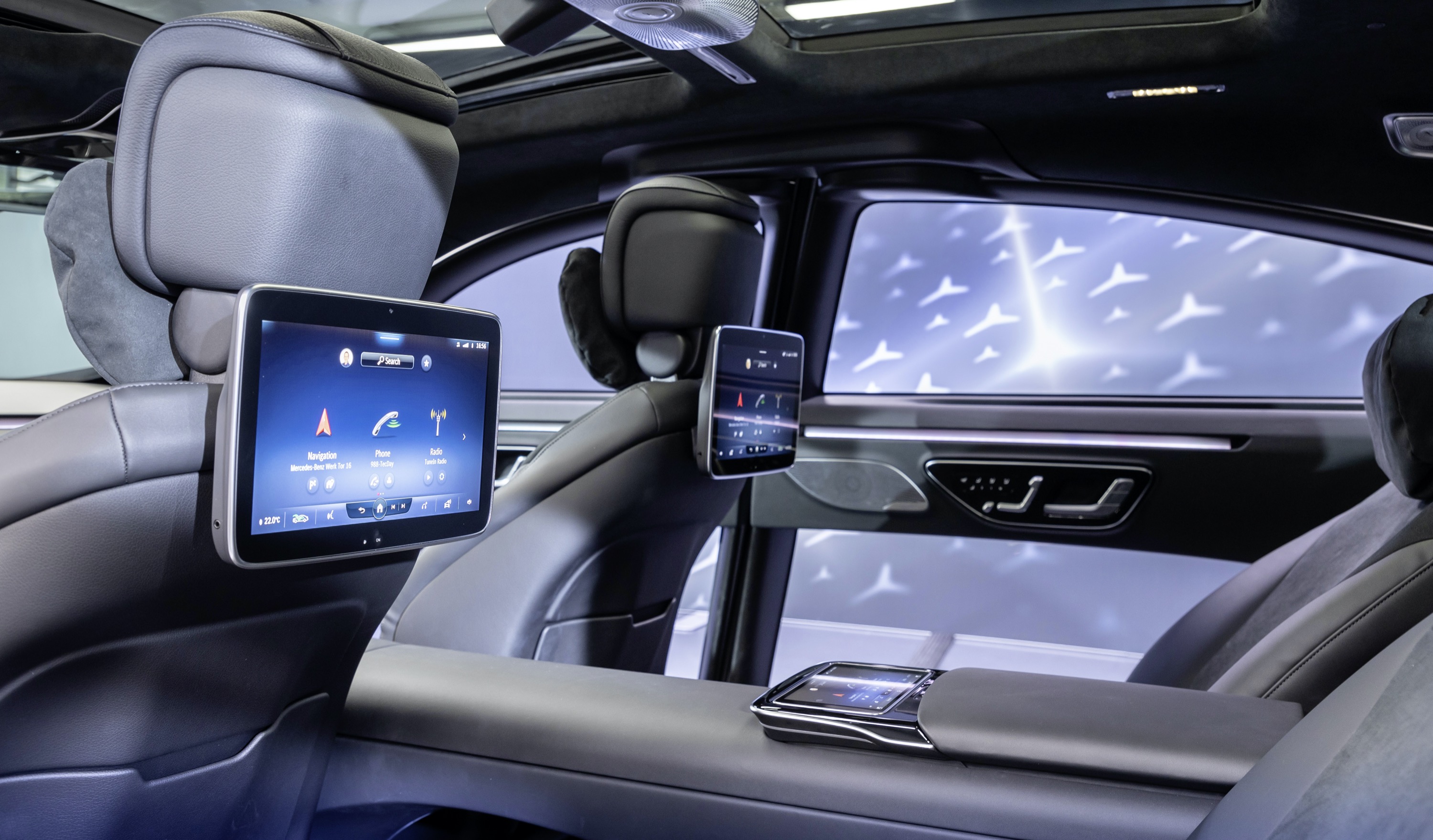
On the hardware side, Mercedes-Benz has equipped the center console with an OLED screen (supplied by LG) that provides haptic feedback. This screen has excellent display quality and resolution. Even compared to other electronic products with the same size, the 12.8-inch center console screen has an unprecedented 2K resolution of 1888*1728.
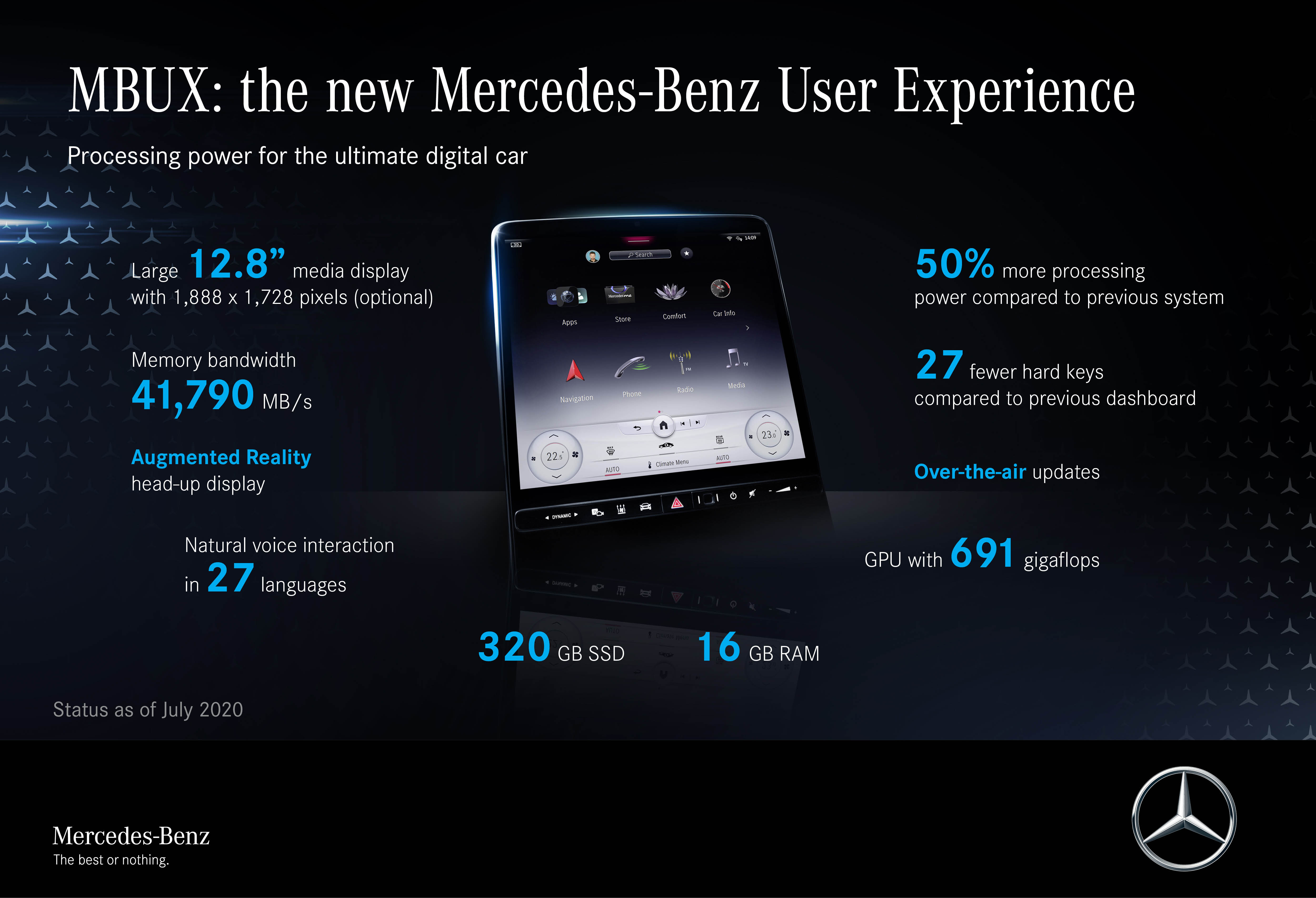
At the same time, Mercedes-Benz has fully utilized the screen’s excellent quality to craft a UI design that showcases pixel perfection, meticulously designed and refined to the pixel level. The overall display effect is stunning and awe-inspiring.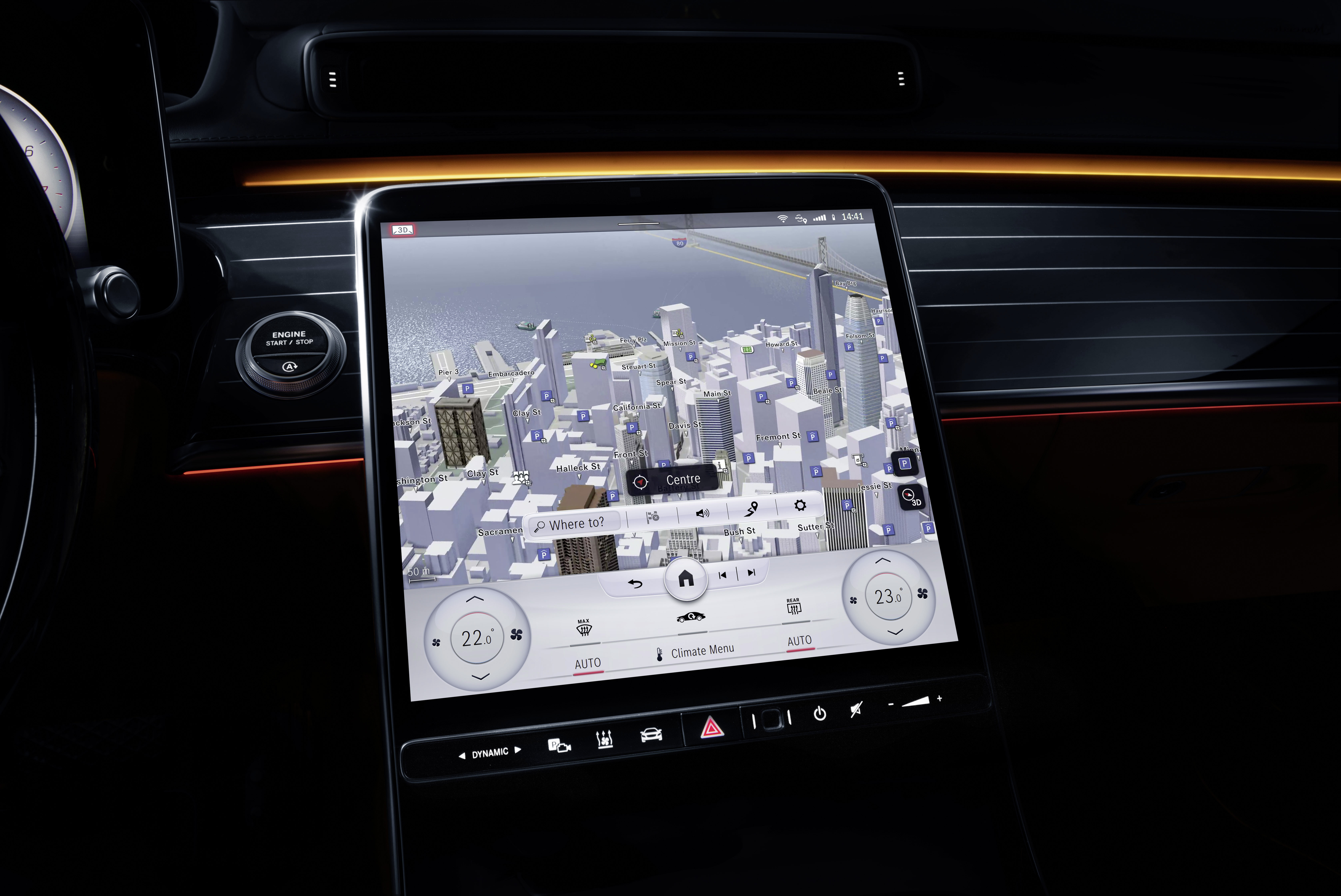
It is worth mentioning that the instrument panel in the driver’s seat is actually a screen that supports naked-eye 3D.
In the official technical documents, this screen is composed of a traditional LCD screen and a controllable LCD grille after a complex combination. The latter can be precisely adjusted for the position of the driver’s head in front of the LCD panel, allowing the left and right eyes to see pixels in different positions, thus forming a three-dimensional depth effect. The positioning of the driver’s head is completed by the camera at the “bangs” position on the screen.

The blinking part in the video is the camera, and the light in light purple color is actually invisible light, which can only be seen under the camera.
And this system has extremely low delay, and can continuously adjust the driver’s movement adaptively during the driving process, realizing real-time 3D display.
The 3D display instrument screen also makes the information displayed in the system more three-dimensional. Apart from the visual enjoyment, the 3D view of the tall buildings in the navigation system, which rises from two-dimensional to three-dimensional, also enhances the conveyance of information, and the visualization display inside the car for assisted driving has the same effect.
Here we have to focus on a frequent term in the display of the new MBUX: “Intuitive”. The translation is “intuitive”. 3D display screen is one of the visual embodiments of it, and AR HUD makes this intuitive visual experience even more amazing.
AR Head-up Display: High-tech Display Technology Like Racing Games
In fact, readers who have played racing games should know that the navigation route markers in the game are generally directly “integrated” into the driving environment, and this three-dimensional visual effect is very cool and intuitive as navigation.
As a heavyweight new feature on the all-new S-Class, the AR (Augmented Reality) HUD really surprised me.
This device provided by Texas Instruments has an imaging unit composed of a 1.3mm high-resolution matrix, an independent reflective mirror mirror, and a high-efficiency light source. This technology is often used in cinema-level projection equipment, and this is the first time that Mercedes-Benz has applied this technology in the S-Class. The official technical documents introduce that the display content of this AR is located 10 meters behind the mirror, and the display area is equivalent to a 77-inch display.Actually, AR HUD did not appear for the first time on cars. As early as ten years ago, some carmakers began to have relevant concepts. In the following five to six years, related frameworks and demonstrations began to appear in various exhibitions. In the 2015 CES exhibition, Hyundai demonstrated AR HUD under its Genesis brand:
The direct visualization effects of navigation, various safety tips, and assisted driving of this system still amaze people today.
Here is a video of AR HUD demonstration on the BMW Concept Car Vision Next 100 in 2016:
This video went even further in the imagination of the future AR HUD, with more sci-fi effects and intelligence.
Recently, Volkswagen ID.3 also demonstrated a cool set of AR HUD:
The reason why AR HUD is so valued by so many car manufacturers and “followed up” continuously is its “intuitiveness” in displaying, which far surpasses traditional navigation.
This HUD under the new MBUX also shows the following AR display effects in the video:
- Distance warning
- Lane departure warning
- Continuous curve guidance- Intersection guidance
- Destination marking prompt
In addition to what was demonstrated in the video, this AR HUD system can also be used with navigation and driver assistance to achieve more functions.
Building on that, we can imagine that in future AMG models, this system could potentially enable augmented reality displays for similar functions to racing game circuit braking and trajectory display, or even more exaggerated modes such as implementing virtual opponent challenges in “ghost mode” on the track.
For traditional navigation, because the displayed information screen and real-time road conditions are not within the same focus range, drivers often have to rely on voice guidance when they need to concentrate on the road conditions, and they need to listen, remember, and analyze the voice content in conjunction with the actual road conditions to know where to go.
“Irregular junction ahead, turn left, at the second junction, move into the second lane to the right of the left side and keep driving in the leftmost lane.”
I’m sure many readers have experienced being hesitant when driving through complex intersections due to similar voice information, and there are always a few times when they hear the prompt tone of “you have deviated from the route” a few seconds later, which can be frustrating and helpless.
With AR HUD, navigation markers are directly integrated into the actual road conditions like a holographic projection. This makes the navigation information visualized, and in first-person perspective + three-dimensional.
This way, it will not distract visual attention from the road, and there will be no problems with the “obscure and difficult to understand” and the insufficient update frequency of comprehension required when using voice navigation in complex road conditions.
AR HUD provides uninterrupted and self-explanatory stereo visual information to drivers, and they can directly follow the “actual” warning signs they see on the road.
In addition to navigation, with the stereoscopic and environment-integrated display effect of AR HUD, distance, position, and other two-dimensional information that needed to be transformed once or multiple times before being displayed on previous screens, now become direct three-dimensional visual information.
Complemented by the 3D instrument panel, for the driver, this intuitive, three-dimensional, and visual comprehensive experience eliminates a lot of the brain’s “conversion” work. The significance of this for MBUX, which pursues safety, intelligence, and user-friendliness, is self-evident.
Multi-biometric identification: fingerprint, facial, and voice recognition.As a car system that integrates numerous functions and information, safety is certainly not to be underestimated. The new MBUX has four authentication methods for security, including three biological authentication methods:
- Voice recognition
- Facial recognition can be completed by the camera at the top of the instrument panel
- Fingerprint recognition can be completed by the square button on the central control screen
- Pin code
With the blessing of multiple authentication methods, in addition to accessing private settings and information, the new MBUX can even complete electronic payments.
And individualized settings for members will also be adjusted and applied along with authentication, including common settings such as seat positions, ambient light colors, personal information, and media subscription channels.
An immersive and intelligent operating experience: voice, gesture and motion control
In addition to button control, voice control, and touchscreen control, the new S-Class also uses the top camera in the rearview mirror area to sense and recognize the head, hands, and body language of the passengers. The S-Class has also achieved a wide range of motion and gesture control, with machine learning enabled gesture and motion control.
For example, when you wave your hand behind your shoulder, or when you look up at the skyroof, the sunshade will automatically open; when you are looking for something dropped in the front row footwell in the dark, the lighting in that area will turn on automatically; staring at the rearview mirror (regardless of left or right), can activate its adjustment status; and more similar functions.
However, it is currently unclear how successful these actions are in the rear seats, where the usage scenario is more focused on voice recognition, which has incorporated more intelligent and deep learning capabilities than before.
The new “Hey Mercedes” voice system can understand natural language, and it can almost understand all information related to the car and entertainment operations, and the new voice system can hardly be affected by environmental noise.
In addition, its deep learning capabilities can optimize learning for users whose pronunciation is not so standard, thereby increasing recognition capabilities. It can also recognize indirect commands, that is, the voice system can execute certain commands without saying the wake-up word.Translate the following Markdown Chinese text into English Markdown text in a professional way, preserving the HTML tags inside the Markdown and only outputting the results.
For example, when you say “call XXX”, the system recognizes it and performs the dialing. After you say “I am exhausted,” the system adjusts the seat, turns on the massage, and changes the ambient lighting to a soothing color, bringing a relaxing and decompressing experience to the command issuer.
Even without a network connection, this voice system can still respond. Unlike some stiff voice systems that can only give stiff responses, this voice system with learning ability can update trendy buzzwords on the server, and over time, the language used in the system’s dialogues will change accordingly.
Highly Customized Personalized Experience
Seat position, rearview mirror position, massage, UI themes, UI modes, ambient lighting, vehicle settings, etc., each user account has up to 800 custom configurations.
The vehicle’s central control screen and the two screens in the rear can display different media information independently, and each screen can set the corresponding seat, air conditioning, ambient lighting, sound system, and massage.
Each screen can save multiple different configurations at the same time and can switch freely between multiple accounts. Furthermore, the account configuration information can be stored in the cloud, and when you log in on other S, these configurations will be applied accordingly.
Of course, there is also OTA
The all-new MBUX supports OTA upgrades. And the S-class with OTA capability can continue to complete various upgrades and optimizations during subsequent use. New UI themes, new gesture controls, and algorithm updates for assisted driving? Yes, they are all possible.
And this charged content can be paid for through in-car biometric recognition (such as fingerprints), making it a “one-stop-shop” service.
I believe that many readers will think that this flashy thing is just a gimmick after reading the above content.
With such a first impression in mind, let’s go back to the question we asked earlier:
Is the new S-class’s interaction change really a step back?
The Purpose of the All-new MBUX
Continuing with the above topic, is this generation of Mercedes-Benz’s significantly younger and more digitalized S-class vehicle really a step back?
No, I don’t think so.
And the reason I say this is because the initial purpose of this generation’s S-class’s core interaction, the MBUX, was:
To put people first, while considering ultimate safety, comfort, thoroughness, convenience, thoughtfulness, and personalization.
However, I actually understand those who feel like this new S-class is a step back on their first impression.
First of all, it must be admitted that those who aimed to replace physical button interaction with digital interaction did not fully understand the concept. Therefore, there are few products that can maintain the “usability” of the core control interaction without any compromise.Furthermore, most manufacturers who promote intelligent interaction end up with no practicality. The starting point is meaningless, the software response is lagging, and the hardware is out of touch, which not only does not reflect intelligence but also makes even the most basic triggering very difficult.
These manufacturers who are eager to achieve success have attached negative labels to digitization and intelligence, making people feel like they are just marketing words that only exist in press conferences and PowerPoint presentations. It is not easy to achieve digitization and interaction, and with each disappointment, this label becomes more and more sticky.
The same situation actually happened in the mobile phone industry a long time ago. Do you remember the first time touch screens appeared on mobile phones? Exaggerated power consumption, high delay, appalling recognition accuracy, and input feedback were unacceptable. At that time, touch screen interaction even had to rely on a stylus. Young users could endure it out of curiosity, but older users thought touch screens were just terrible playthings.
However, Apple later showed everyone through the iPhone that it’s not that “touch screens” don’t work, but that touch screens that are not done well don’t work. If your resolution is up, recognition rate is accurate, feedback delay is low, and it is accompanied by smooth oleophobic glass, then the touch screen is the future of mobile phone interaction.
And the difference between these is the level of completion.
From the displayed information, traditional car companies like the all-new MBUX that really start from practical application scenarios and achieve this level in different scenarios don’t seem to exist.
Regarding digital interaction for in-car systems, the S-Class has put effort into “ease of use”:
First of all, speaking of touch screen operations, the visual logic of the menu has been carefully considered, making it very easy to find the setting button. Some buttons’ UIs will also change in shape or color corresponding to changes in settings, making it more visually responsive.
The frequently used adjustment area (air conditioning, wipers, seats, etc.) is always located in the lower part of the center console and shown on top of any other interface. The touchscreen feedback vibration in the center console also makes the operation more “explicit”.
The interaction methods also include voice control, touch control, physical button control, gesture, and motion control. One operation can be executed in multiple ways. For example, if you want to adjust the seat, you can use the physical button on the door panel, or voice control, or the touchscreen.
Different interaction methods also cover different scenarios. In a scenario where you need to keep your hands on the steering wheel, if you want to adjust the seat, you can use voice control. Or if you are sitting in the passenger seat, and the VIP in the back seat is sitting in the new S-Class for the first time and does not know how to adjust their seat, you can adjust it for them using the center console.
Such “thorough” consideration also reflects the designer’s logic of being “thoughtful”.
Here are a couple of examples of action recognition. When the lighting is low, and front-seat passengers are looking for something in their leg areas, the illumination light will automatically turn on. When the vehicle is in reverse, and the driver looks back after reversing, if the rear windshield wiper is being blocked by the sunshade, the system will automatically raise it.When there is no action of reversing, the system determines that the driver can complete the operation through the reverse image, and will not automatically raise the sunshade. The triggering methods in these examples are not only practical, but also do not require additional instructions, and the triggering logic is natural and precise, and the solutions are also reasonable and effective.
But what impressed me the most were the details in the software:
In a video from the foreign media “Remove Before Race”, the ambient light will have animation effects similar to Apple’s Siri when the voice system is awakened.
Even when loading CarPlay on the central screen, the display area is not fully assigned, but CarPlay is displayed in the upper half, and the commonly used adjustment area is reserved. In this way, even if CarPlay is connected, the common settings in the car can still be directly operated on the primary screen.
In another video from foreign media “Autogefühl”, the screen contents will also be adjusted according to the direction of the main and co-pilot, in coordination with the sensors in the car.
And all of these are just the tip of the iceberg of MBUX. The numerous examples from the framework, to the main body, to the details, fully demonstrate Mercedes-Benz’s thorough and comprehensive consideration and elaboration in terms of logic, scenarios, implementation methods, execution, and even ritual sense in MBUX.Will you still feel that MBUX is reversing?
As for the aesthetic design of the interior, the current W222 is indeed an unattainable holy grail in this style: the perfectly integrated dual screens and silk-screened metal trim under the central control, the symmetrically arranged circular air vents embedded in the piano lacquer panel, in combination with the double-spoke steering wheel, gracefully integrate elegance, modernity, and luxury.
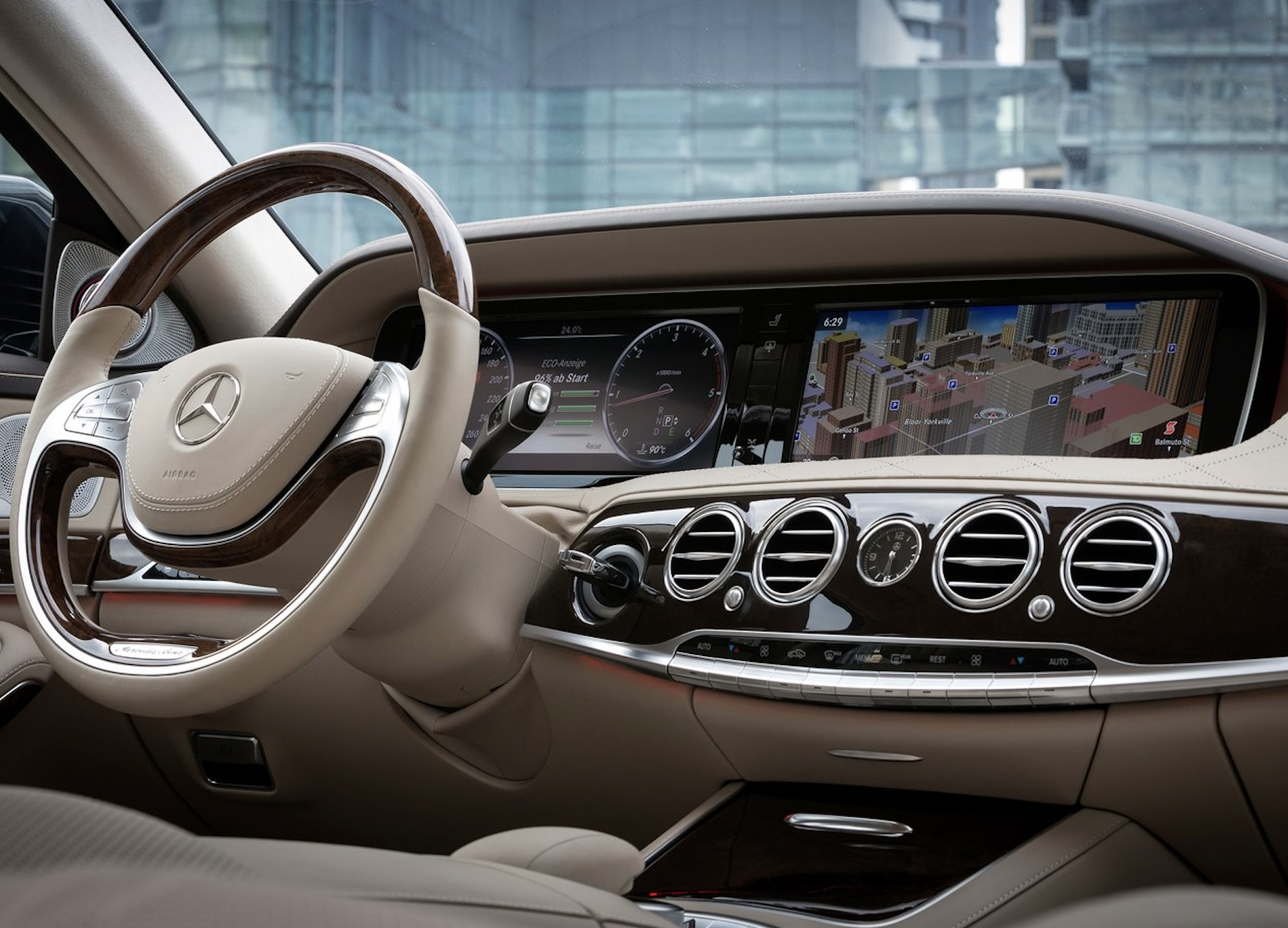
But the new W223 S-class is not just a style compared to its predecessor: although it no longer has the same luxuriousness as the old model, the lines in the entire interior are clean and sharp, and careful observation doesn’t make it appear particularly simple, nor overly flamboyant. The interweaving of various curves and lines is very modern and harmonious. The narrow-frame high-resolution display in the center console, which does not obstruct the view of the tabletop, not only reveals a sense of technology when working, but also fits perfectly into the front armrest when turned off, like a piece of black piano lacquer trim. The ambient lighting, which runs through the car at the same horizontal height, makes the cockpit look like an infinite swimming pool in a brightly lit area.
Speaking of the sci-fi 3D instrument cluster and the amazing AR HUD, in a sense, the digital design of the new S-class is a new peak that Mercedes-Benz has reached in terms of both hardware, software, and aesthetic design.
Redefining luxury in the era of digitalization
The new S-class has achieved an amazing height in terms of its more safe, intelligent, interconnected and user-friendly digital direction, and the heavily-renewed MBUX is full of digital elements everywhere. Compared with the current S-class, the changes to the new model are indeed so unusual that they do not feel “Mercedes-Benz” at all.
But when we look back at Mercedes-Benz’s evolution in car digitalization:
- In 1956, the 220s S-class was the first car with an automatic seek radio.
- In 1976, the W116 S-class was equipped with a full stereo and a road information broadcast.
- In 1979, the W126 S-class had a digital display for preset radio stations.
- In 1995, the W140 S-class was equipped with a navigation system.
- In 2009, the W221 S-class had dual screens with different displays for the driver and passenger.
- In 2013, the W222 S-class had a customizable dual screen COMAND infotainment system that could connect to the internet.
In each of these eras, the S-class was at the forefront of the times, and even ahead of the times. And the new S-class and MBUX have once again inherited this spirit and are at the forefront of the era.
Mercedes-Benz’s technology related to automobiles is also the same: the adaptive magic carpet suspension, adaptive matrix LED headlights, electronic turbochargers, 48V mild hybrid systems, and rear axle steering systems on the revised W222 are all achieved through numerous sensors and reflect the spirit of Mercedes-Benz.THE BEST OR NOTING.
We constantly and proactively pursue and explore “the best” in all aspects, without much hesitation or reluctance.
Therefore, the all-new S-Class, from this perspective, is actually very “Mercedes”.
It’s already 4am here, and over the past 9 hours of continuous writing, the image of the previous generations of S-Class has crossed my mind again and again. In the history of luxury sedans, there have been countless challengers, but in the end, the S-Class IP is still strong and enduring.
The all-new interior with dual screens on the Mercedes G-Class may weaken its rugged identity. Will it still be the G-Class? Will people still like it?
Since its launch, the Mercedes G-Class has answered this question with its globally increasing sales.
As a representative of luxury cars, the strength of the previous generations of Mercedes S-Class can also be reflected in their market performance.
I also believe that the all-new S-Class and the MBUX system can once again prove this point. After all, we have experienced too many “real fragrance alerts” from Mercedes. I also believe that this time, the Mercedes S-Class and the all-new MBUX will redefine the “luxury car” in the digital age.
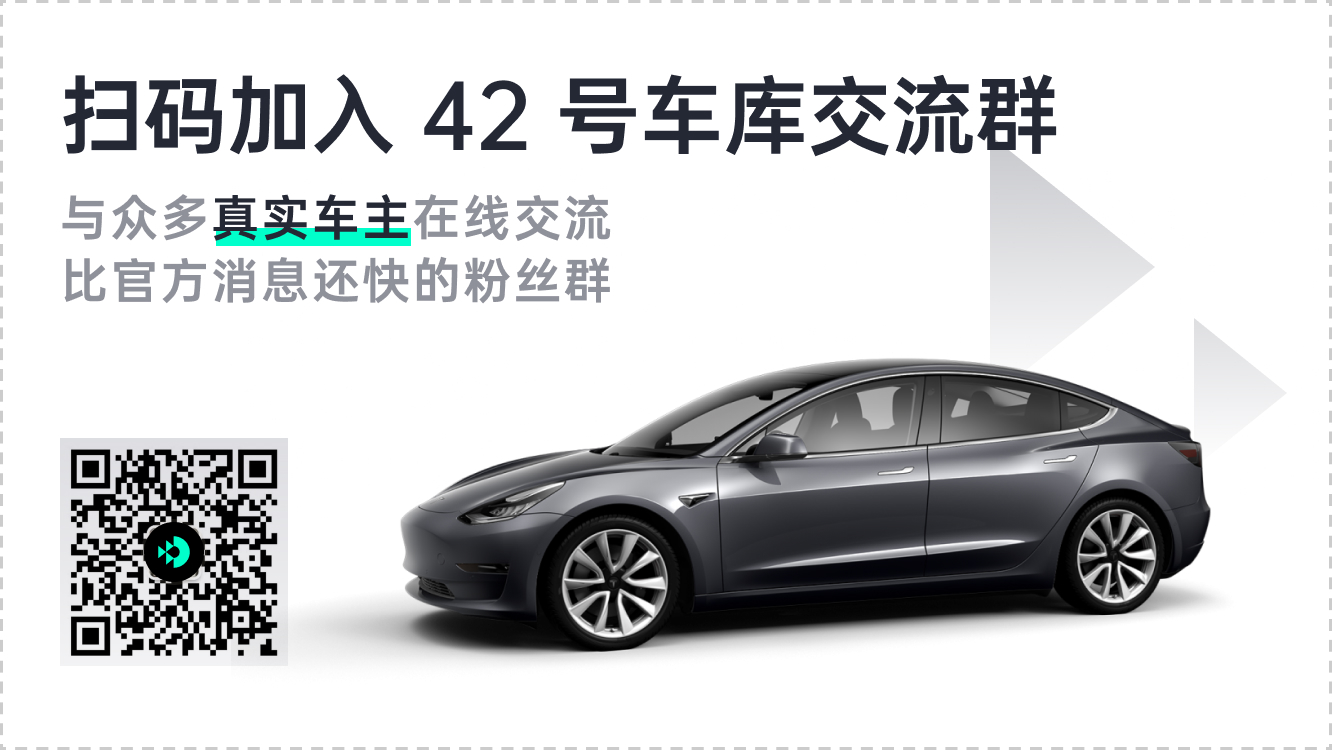
This article is a translation by ChatGPT of a Chinese report from 42HOW. If you have any questions about it, please email bd@42how.com.
